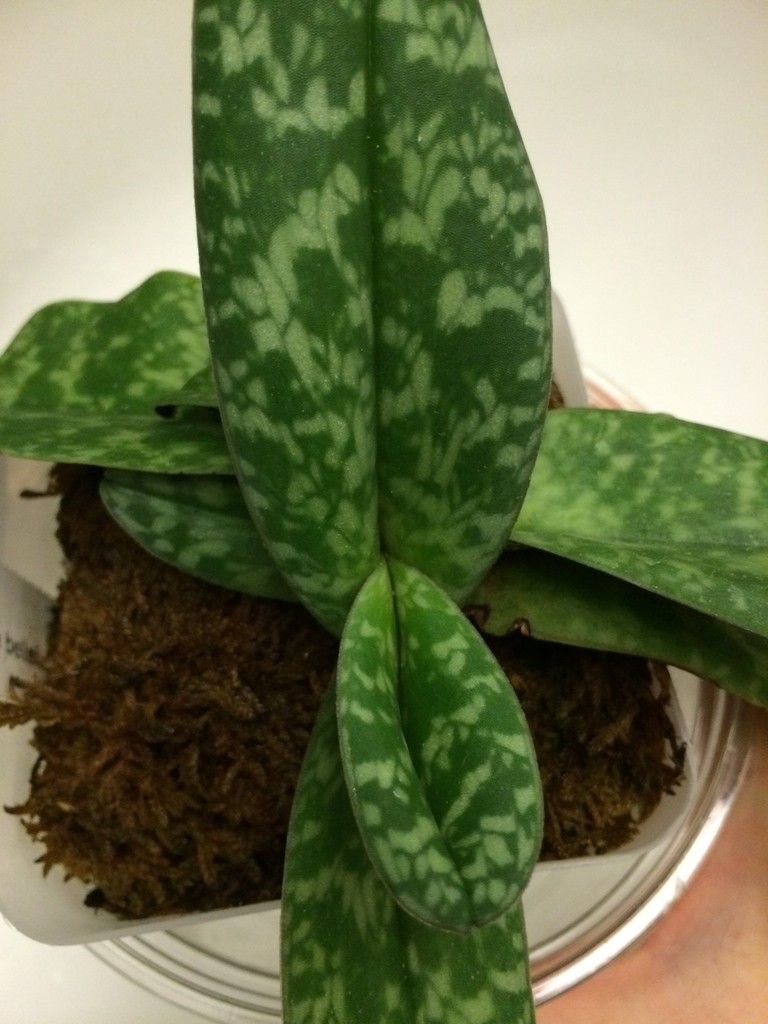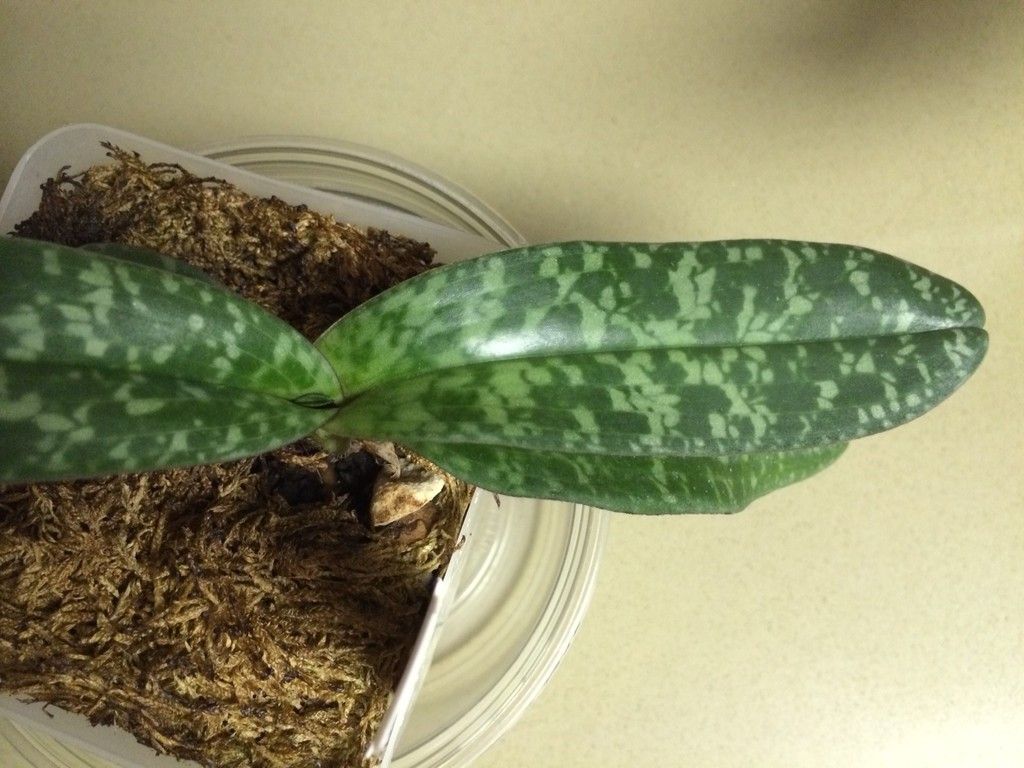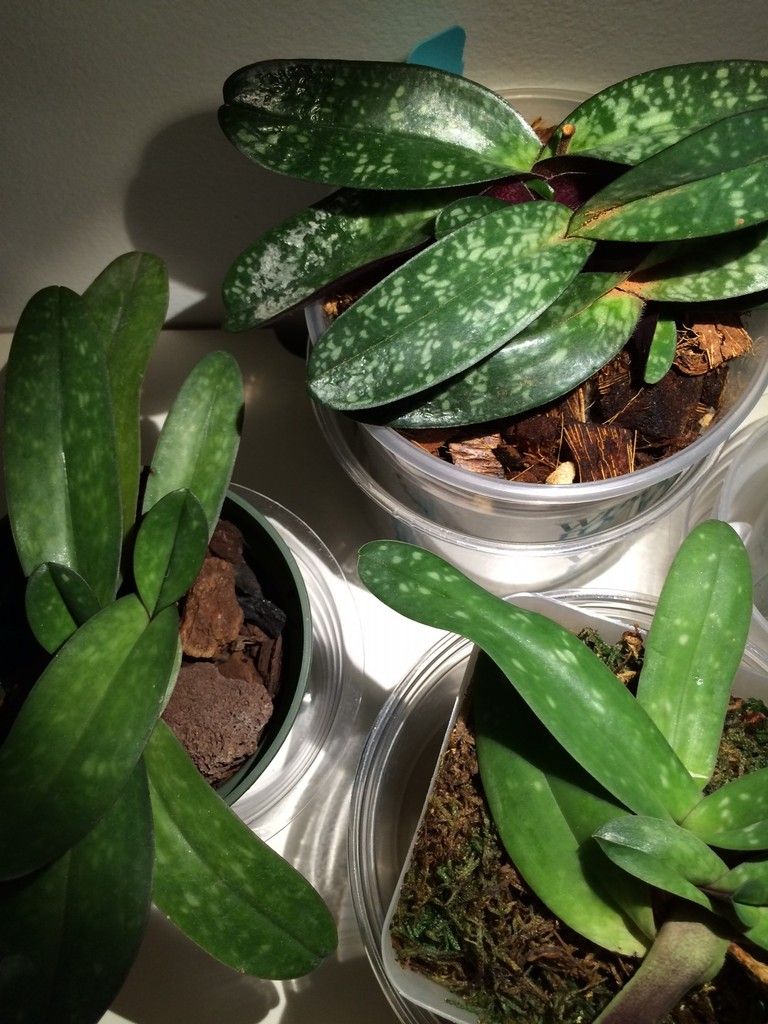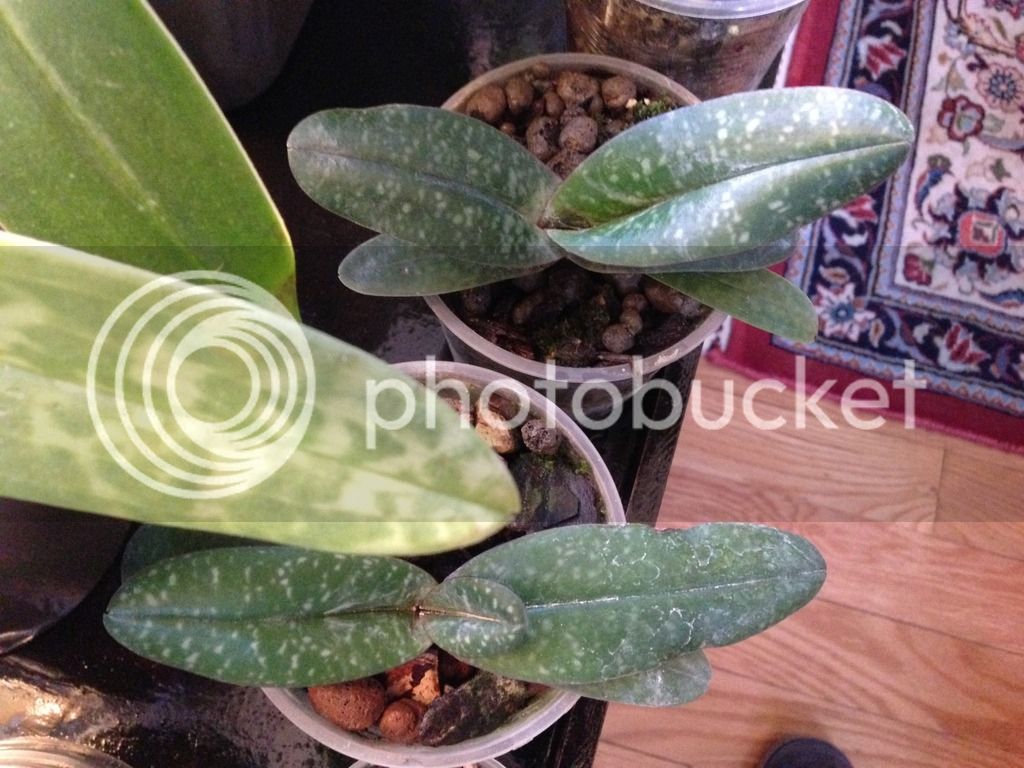Kostas
Well-Known Member
Hello,
I was looking over the Brachypetalum section and from the wetter loving species, Paph. wenshanense looks to be of the nicer ones, with bigger leaf and flower size than the rest of the species. Am I correct in that?
I would like to ask how the wenshanense actually compares to concolor, which one is bigger and what are their differences. Is wenshanense now considered a true species, or a population of hybrid origin? Also, how wenshanense compares with leucochilum in leaf and flower size, and in leaf patterning? What's the more impressive one? I generally prefer yellows to whites.
Is concolor able to grow to a size challenging the bigger leafed and flowered species or is it smaller growing?
Thank you very much in advance
I was looking over the Brachypetalum section and from the wetter loving species, Paph. wenshanense looks to be of the nicer ones, with bigger leaf and flower size than the rest of the species. Am I correct in that?
I would like to ask how the wenshanense actually compares to concolor, which one is bigger and what are their differences. Is wenshanense now considered a true species, or a population of hybrid origin? Also, how wenshanense compares with leucochilum in leaf and flower size, and in leaf patterning? What's the more impressive one? I generally prefer yellows to whites.
Is concolor able to grow to a size challenging the bigger leafed and flowered species or is it smaller growing?
Thank you very much in advance







